
You assume you’ve seen all of Hong Kong? Suppose once more. On the world map, Hong Kong seems as a teensy, tiny dot, however what most vacationers get to see barely scratches the floor.
We frequently think about Hong Kong as a bustling city jungle with Disneyland and the Huge Buddha on its outskirts. However in actuality, its full borders go manner past the same old vacationer map. It covers over 1,100 sq. kilometers — comparable in measurement to the whole Rizal Province — together with the peninsula and the assorted islands off its coast. It’s divided into three most important areas: Hong Kong Island, Kowloon, and the New Territories. [ READ: WHERE TO STAY IN HONG KONG ✅ ]
Vacationers principally flock across the identical websites. The ever stressed Central, Tsim Sha Tsui, Mong Kok and its well-liked theme parks are surrounded by a novel model of freneticism. However in case you take the time to concentrate to its usually neglected nooks and its extra distant crannies, you’ll discover that an unusually quiet Hong Kong awaits extra curious vacationers. Just lately, the Hong Kong Tourism Board confirmed us across the lesser-known sides, and on this article we’ll share all of them with you.
WHAT’S COVERED IN THIS GUIDE?
1. Tsz Shan Monastery
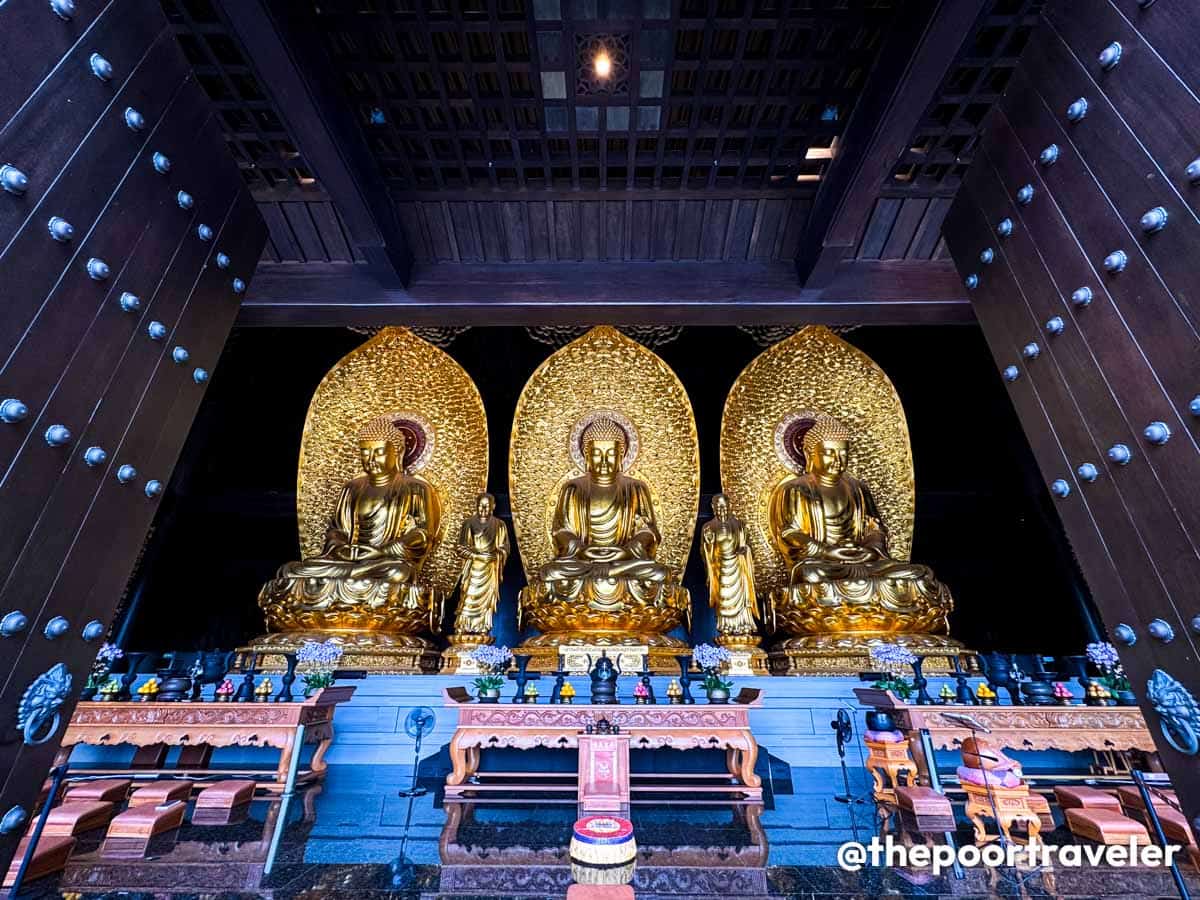
Whereas the Tian Tan Buddha usually graces Hong Kong’s postcards, one other gigantic construction of a Buddhist divinity could be discovered within the metropolis’s Tai Po district. Right here on the Tsz Shan Monastery, all eyes are on the 76-meter tall statue of Guan Yin, one of the crucial revered deities in Buddhism. Just like the Huge Buddha, it’s product of bronze however this one is coated in stunningly white fluorocarbon self-cleaning paint.
The colossal Guan Yin clutches a vase in her left hand, symbolizing purification, and a pearl within the different, representing knowledge. It stands on a three-tier lotus flower, crowning the Buddhist Artwork Museum, which showcases a formidable assortment of Buddhist pictures, relics, and different artifacts.
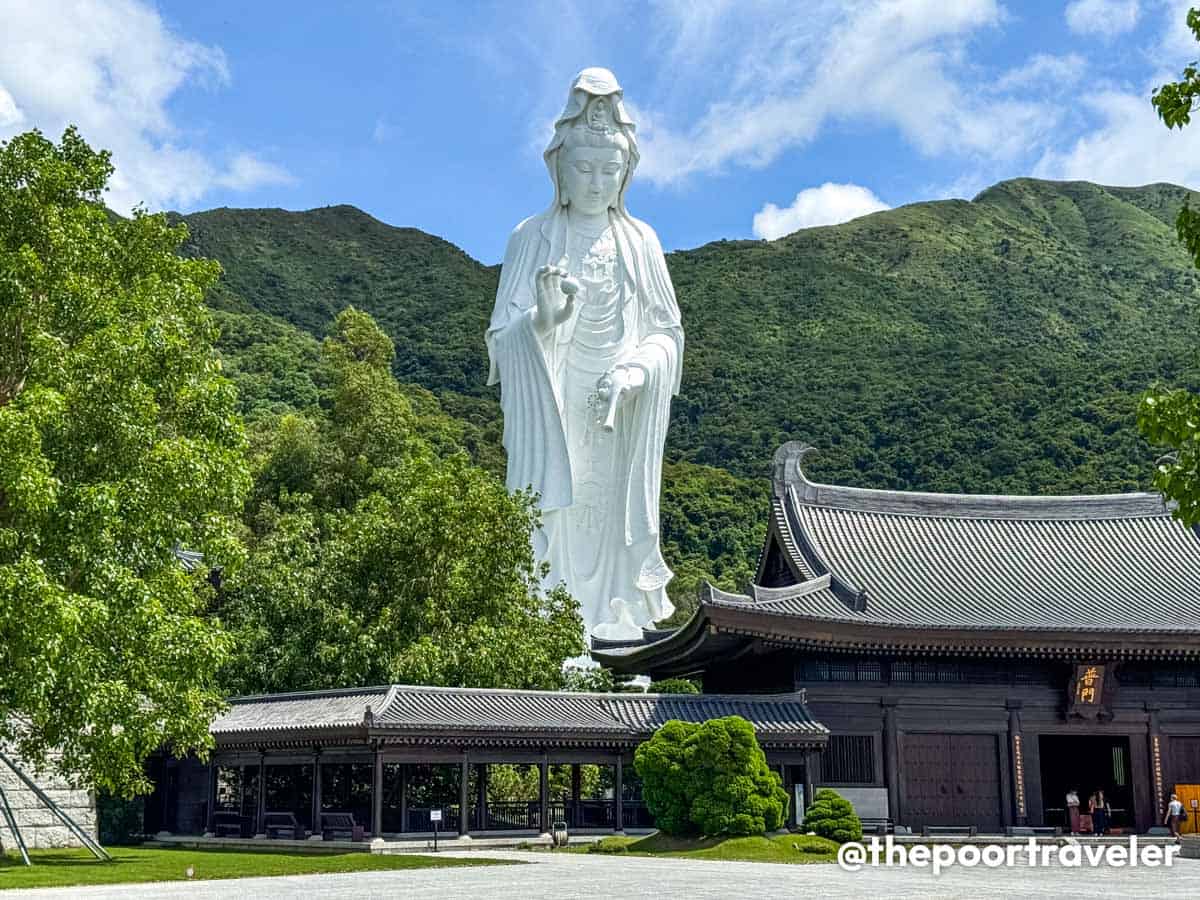
The monastery was formally opened in 2015 as a sanctuary that gives areas for tranquility, meditation, and non secular purification. Therefore, the variety of guests allowed is restricted to solely 400 per day. Advance registration is required, and it may be achieved on-line by visiting this web page.
TSZ SHAN MONASTERY
Handle: 88 Common Gate Highway, Tai Po, New Territories, Hong Kong
Tips on how to get to Tsz Shan Monastery: Take the MTR East Rail Line to Tai Po Market Station. Then, take Bus 75K certain for Tai Mei Tuk. Alight at San Tau Kok cease. Fare: HK$6.40. Stroll for 10 minutes alongside Tong Tsz Highway till you attain Common Gate Highway. Flip proper and stroll for 20 minutes.
Working Hours: 9:30am – 5:00pm
Entrance Charge: FREE
2. Sha Tau Kok
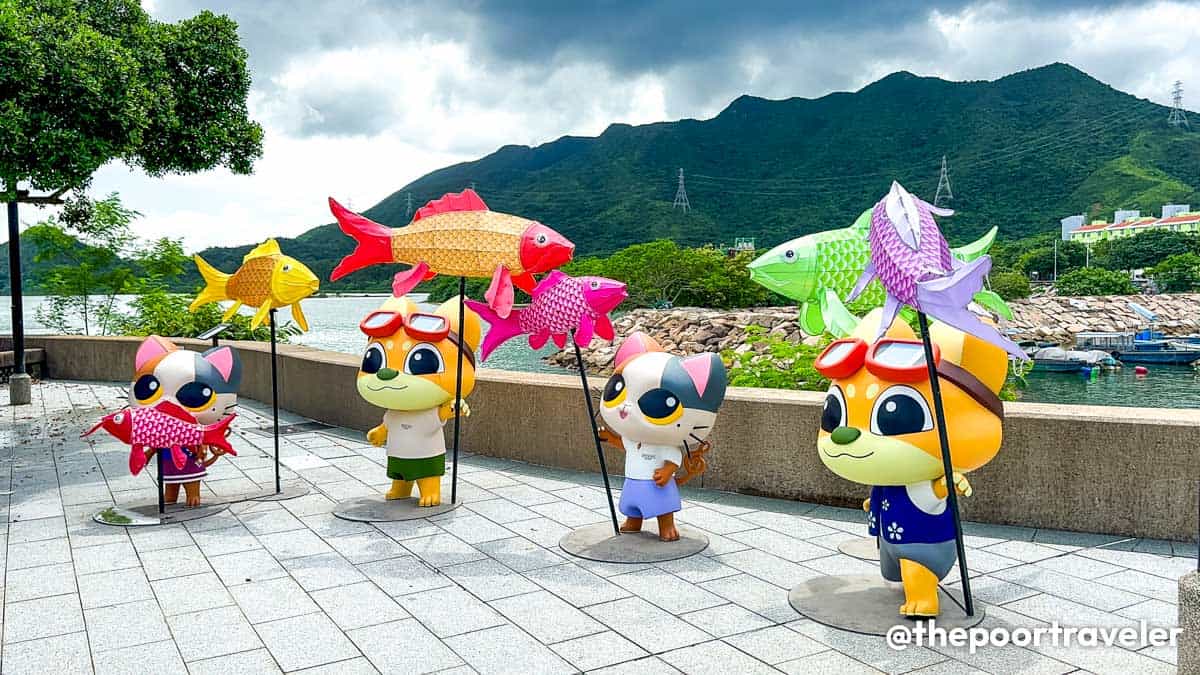
Of all of the cities inside Hong Kong, Shau Tau Kok is maybe essentially the most curious. For a lot of outsiders, it’s virtually remarkable. It’s the territory’s northernmost settlement. And it’s a closed city.
Wait, what? A “closed” city? What does it imply?
Positioned simply south of the boundary with Shenzhen, Shau Tau Kok is inside a regulated border zone referred to as Frontier Closed Space. In keeping with the South China Morning Put up, it was closed off by the British colonial authorities within the Fifties in an effort to fight smuggling, espionage, and unlawful immigration.
It’s the final remaining main city within the zone, and is accessible solely to native residents and people with the right allow. Therefore, unsurprisingly, solely a restricted variety of vacationers get to see and step into it, and they’re allowed to remain within the space from 7:00 AM to 9:00 PM solely.
However what’s in Sha Tau Kok?
Novelty, principally. Don’t count on thrilling theme parks, large purchasing malls or vibrant meals markets. What’s ready for you right here:
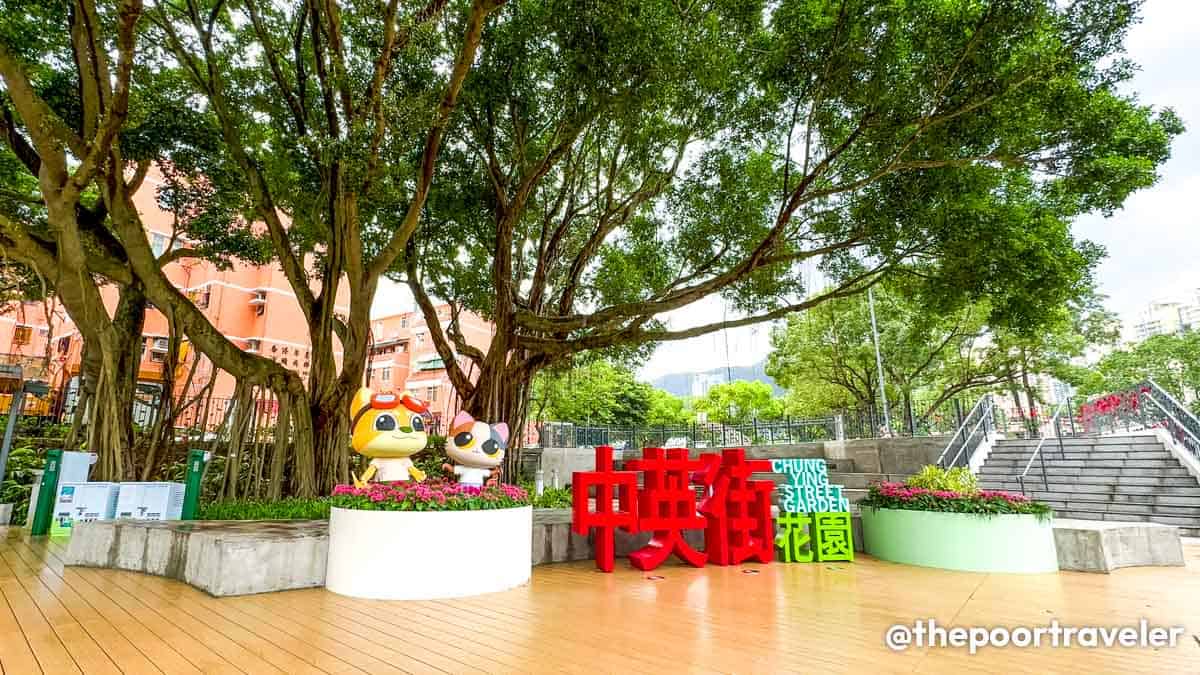

- Solar Moon Pavilion, a easy bayside nook the place you possibly can spend a quiet morning.
- Fish Lantern Sq., the place mascots Enggue Pup and Arttie Kitty stand, symbolizing the Sha Tau Kok fish lantern dance, which has been historically carried out for over 300 years and has been declared a nationwide intangible heritage.
- Chung Ying Road, which straddles the border with Shenzhen. One a part of it’s in Hong Kong whereas the opposite in mainland China. A backyard subsequent to it if usually a tour cease, as it’s a great spot to look at the road.
- Murals are throughout city — on the partitions, within the corners, on the bottom — depicting principally festivals and characters.
- Salmon Home, in-built 1988 as relocation for a lot of indigenous residents.
- Shau Tau Kok Pier, the longest pier in Hong Kong, spanning 280 meters. It was constructed within the Sixties. It’s also the gateway to Lai Chi Wo, which I might be discussing within the subsequent part.
To handle your expectations: None of those are notably exhilarating, overwhelming or dramatic. However altogether, they characterize a aspect of Hong Kong that one may say is commonly neglected, virtually forgotten, and close to remoted, away from the chaos of downtown. In addition they lend a cultural look into closed border cities that many individuals get to see.
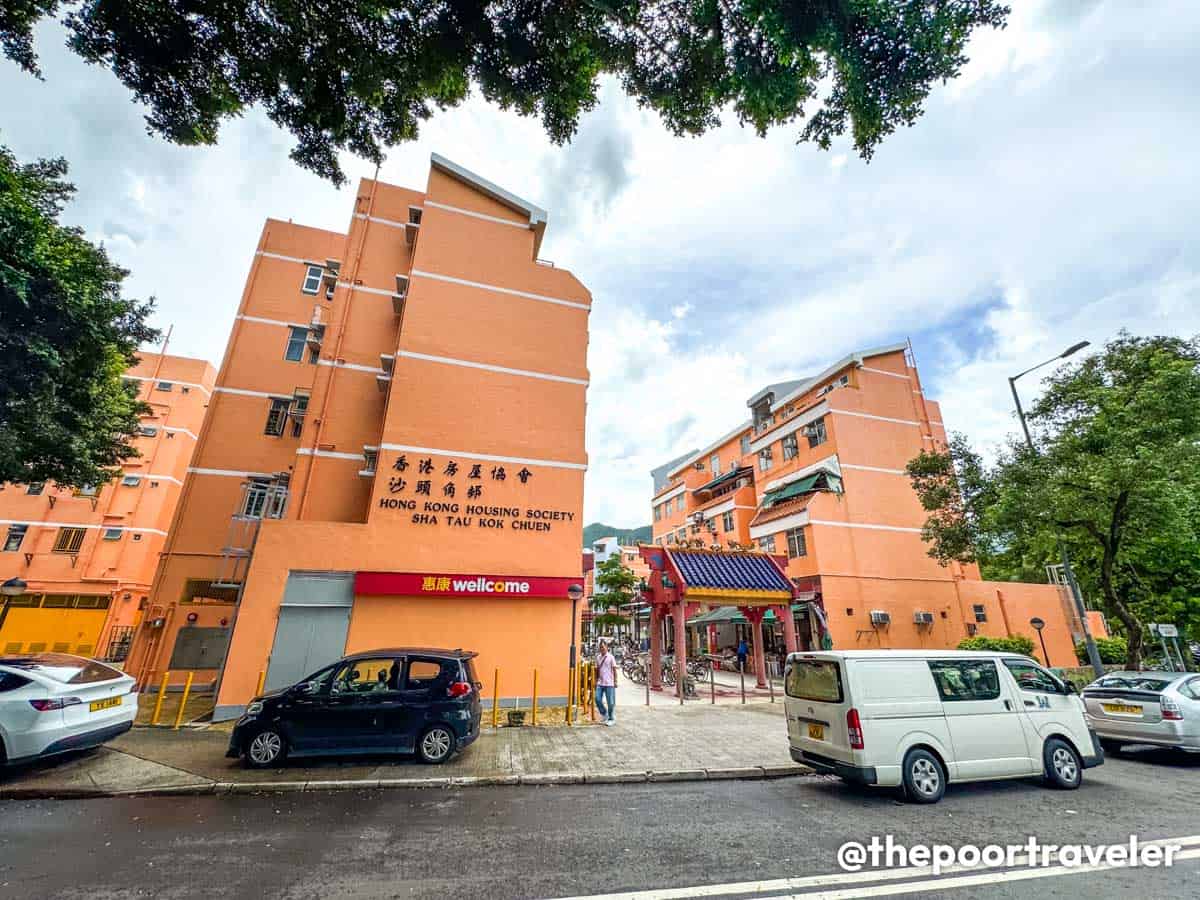
Sha Tau Kok is open to guests however provided that they’ve a Tourism Closed Space Allow, which is FREE of cost. You’ll be able to apply for one on-line on Hong Kong Police Power’s official web site a minimum of three working days earlier than your meant arrival. The net utility system opens at first of every month for visits scheduled within the following month. (For instance, slots for February visits are made accessible beginning January 1.) It’s on a primary come, first served foundation.
3. Lai Chi Wo

Established round 400 years in the past, Lai Chi Wo is without doubt one of the oldest however finest preserved Hakka settlements in Hong Kong. At one level in its historical past, the village’s prosperity began to say no, so the feng shui masters really useful establishing partitions round it to maintain luck in and dangerous fortune out. Right this moment, this walled village encircles over 200 homes neatly organized in rows.
Due to its distant location, a lot of the agricultural settlement has not modified, as if it’s been frozen in time. Simply exterior its partitions, the Hok Shan Monastery and Hip Tin Temple stay standing.
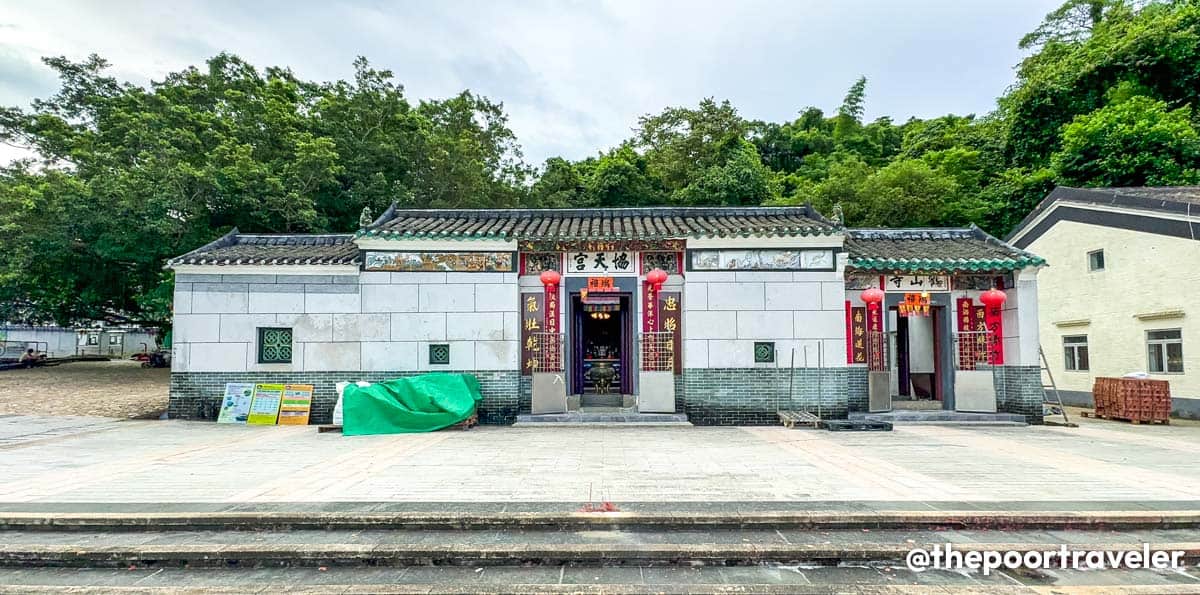

You’ll be able to go contained in the village and stroll down its centuries-old alleys, observe the Lai Chi Wo Nature Path and admire the mangroves surrounding it. You may also simply discover and get wrapped in its old-world appeal or be a part of a guided tour to study extra about Hakka historical past and tradition.
In 2020, the village was awarded a UNESCO Particular Recognition for Sustainable Improvement for selling cultural conservation. It’s additionally a part of the Hong Kong UNESCO International Geopark.
HOW TO GET TO LAI CHI WO:
From Downtown Hong Kong: Catch a practice on the MTR East Rail Line to College Station and take Exit B. Hop onto Bus 272K and alight at Ma Lui Shui Pier, the primary cease. Journey on foot for 100 meters to Ma Liu Shui Touchdown No. 3 and board the kaito ferry certain for Lai Chi Wo. Alternatively, you can too simply stroll straight from the MTR College Station to the pier to catch the identical ferry, which ought to take roughly 12 minutes. Kaito ferries can be found on Saturdays and Sundays. Ferry journey time: 1.5 hours.
From Sha Tau Kok: In case you’re visiting Sha Tau Kok and Lai Chi Wo on the identical day journey, you’ll be able to board a ferry from Sha Tau Kok Public Pier straight to Lai Chi Wo. Ferries from right here can be found day by day. Journey time: half-hour. Be aware {that a} Closed Space Allow is required to entry Sha Tau Kok and its pier.
4. Peng Chau


Apart from the peninsula, Hong Kong additionally covers a number of outlying islands off its coast. One in every of them is Peng Chau or “flat island”.
Peng Chau is kind of small, spanning only one sq. kilometer. However a few of its most important sights embody:


- Lung Mo Temple, devoted to the Chinese language goddess of water, who’s revered by native residents.
- Tai Lei, a small island linked to Peng Chau by a bridge with a jagged offshoot referred to as “Turtle Rock” and a sandy mini-beach.
- Tung Wan Seashore, a protracted sandy stretch near the temple.
- Fook Yuen Leather-based Manufacturing unit, the island’s most visited attraction, due to the heritage constructing that homes it and its historical past. It’s now not functioning as a workshop however an inventive “secret backyard” which options varied installations and graffiti.


In case you’ve seen the movie Beneath Parallel Skies, starring Janella Salvador and Metawin Opas-iamkajorn, you’ll most likely discover a few of its key sights acquainted just like the Peng Chau Bridge and a small Asian ingredient retailer.
Tips on how to get to Peng Chau: From the MTR Hong Kong Station, make your solution to Central Pier No. 6. Catch a ferry to Peng Chau. Journey time is 30-40 minutes.
5. Mui Wo
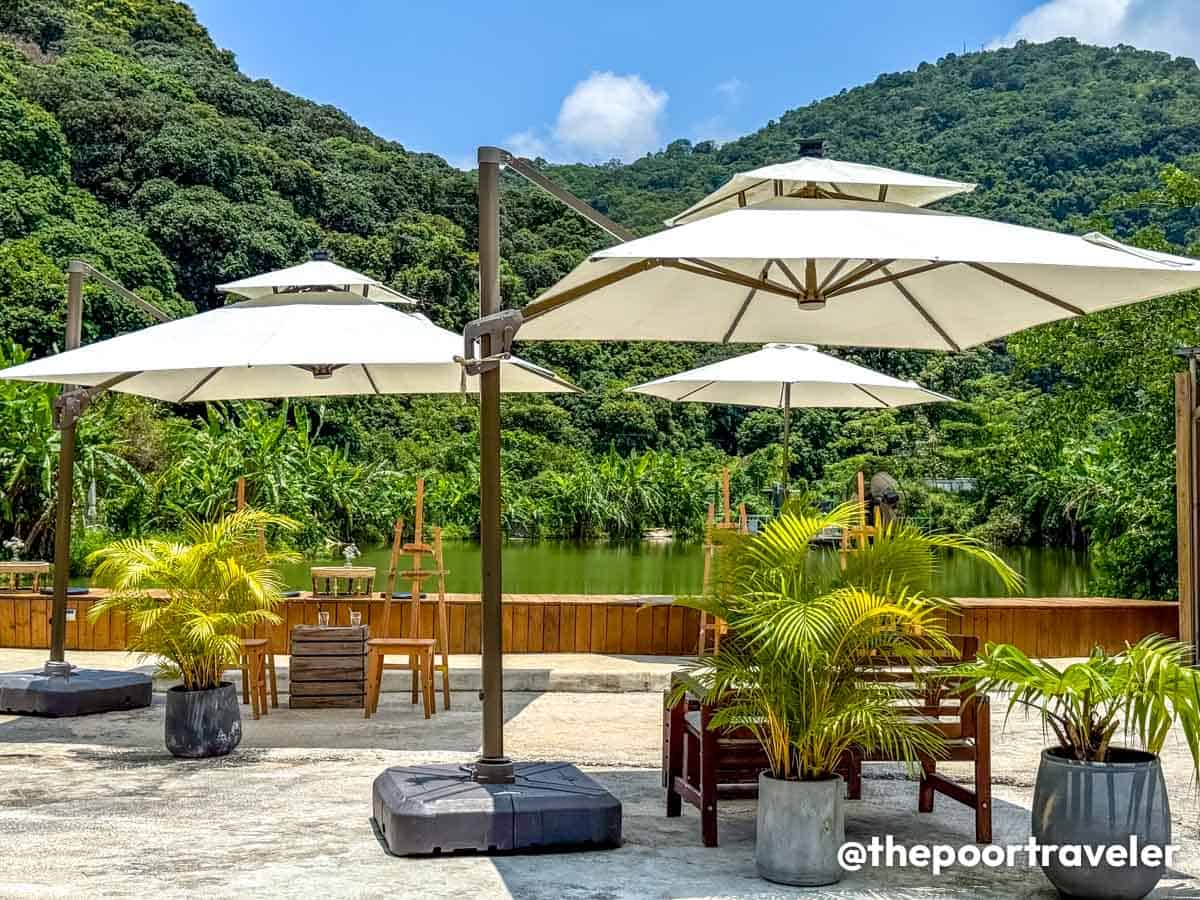
Amongst vacationers, Lantau Island is finest identified for Disneyland, the Huge Buddha, and maybe Tai-O Village. However there’s one other seaside village alongside its coast that’s worthy of consideration — Mui Wo.
Mui Wo was as soon as identified for its silver mines, which is why a lot of its key factors of curiosity bear the phrase “silver” in its title — Silver Mine Bay Seashore, Silver Mine Waterfall, and Silver River. However at this time, its greatest treasures are its calm environment and valuable waterfront views.
It’s additionally house to Hideout, a novel and trendy restaurant-slash-art-space-slash-retreat that additionally helps native communities. That’s a variety of roles for a single institution, but it surely’s one thing that Hideout strives to do . They provide a spot of rest to vacationers, nourishing meals and drinks that stick with farm-to-table beliefs, and wellness actions with little to no influence on the atmosphere.
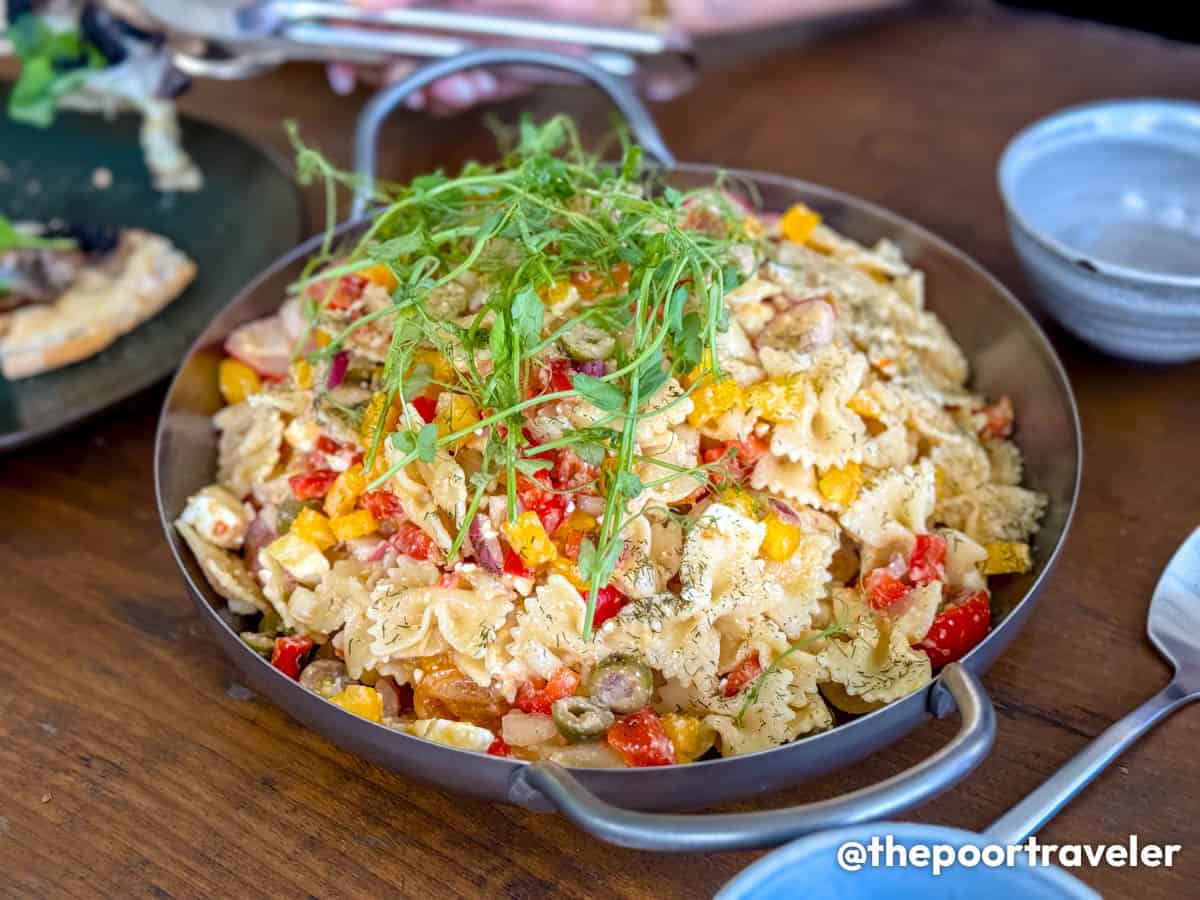

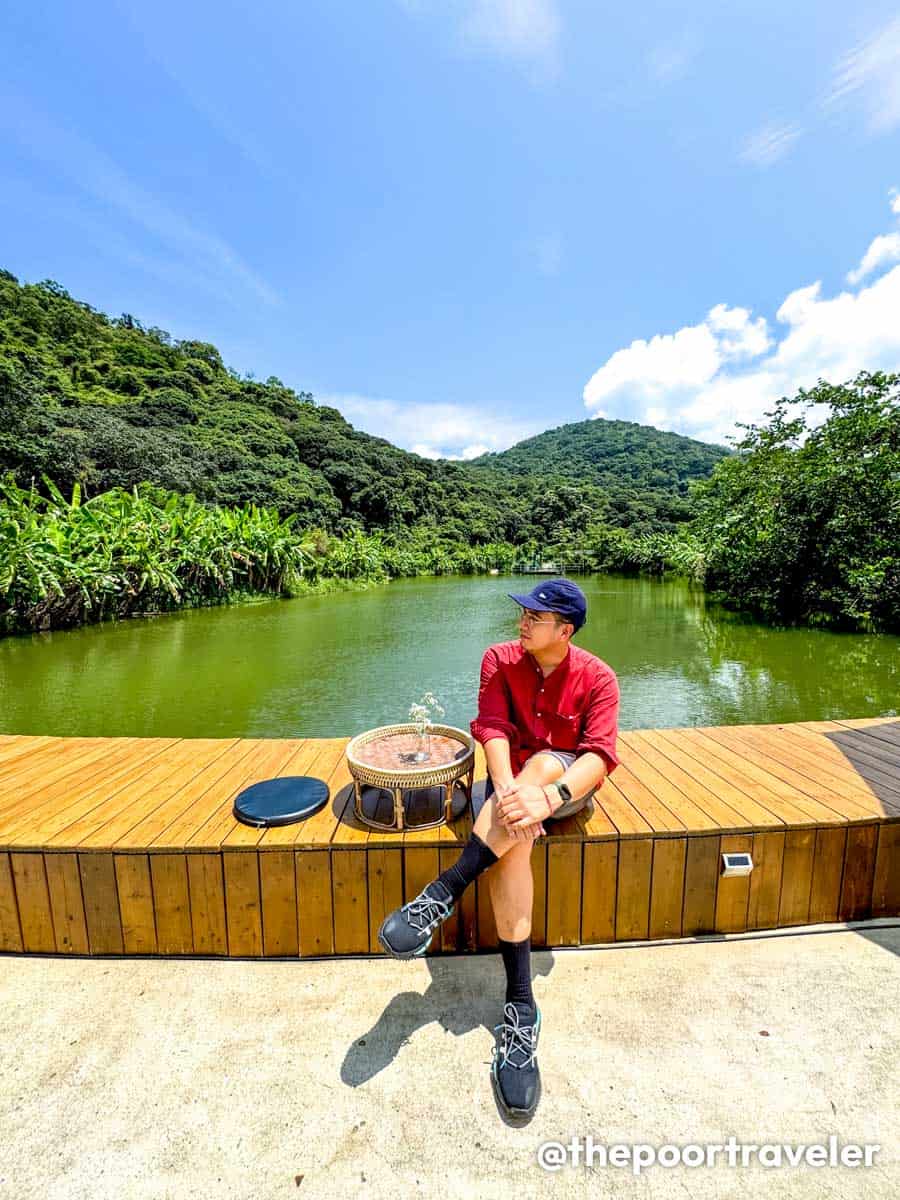

You may also be a part of artwork workshops, too, when accessible. I used to be in a position to take part in an acrylic portray exercise throughout our go to.
Tips on how to get to Mui Wo: From the MTR Hong Kong Station, make your solution to Central Pier No. 6. Catch a ferry to Mui Wo. Journey time is 35-55 minutes, relying on the vessel. Fare: HK$ 17.20 – 48.90, relying on the day and vessel. Yow will discover the schedule and ferry data right here.
6. Cheung Chau
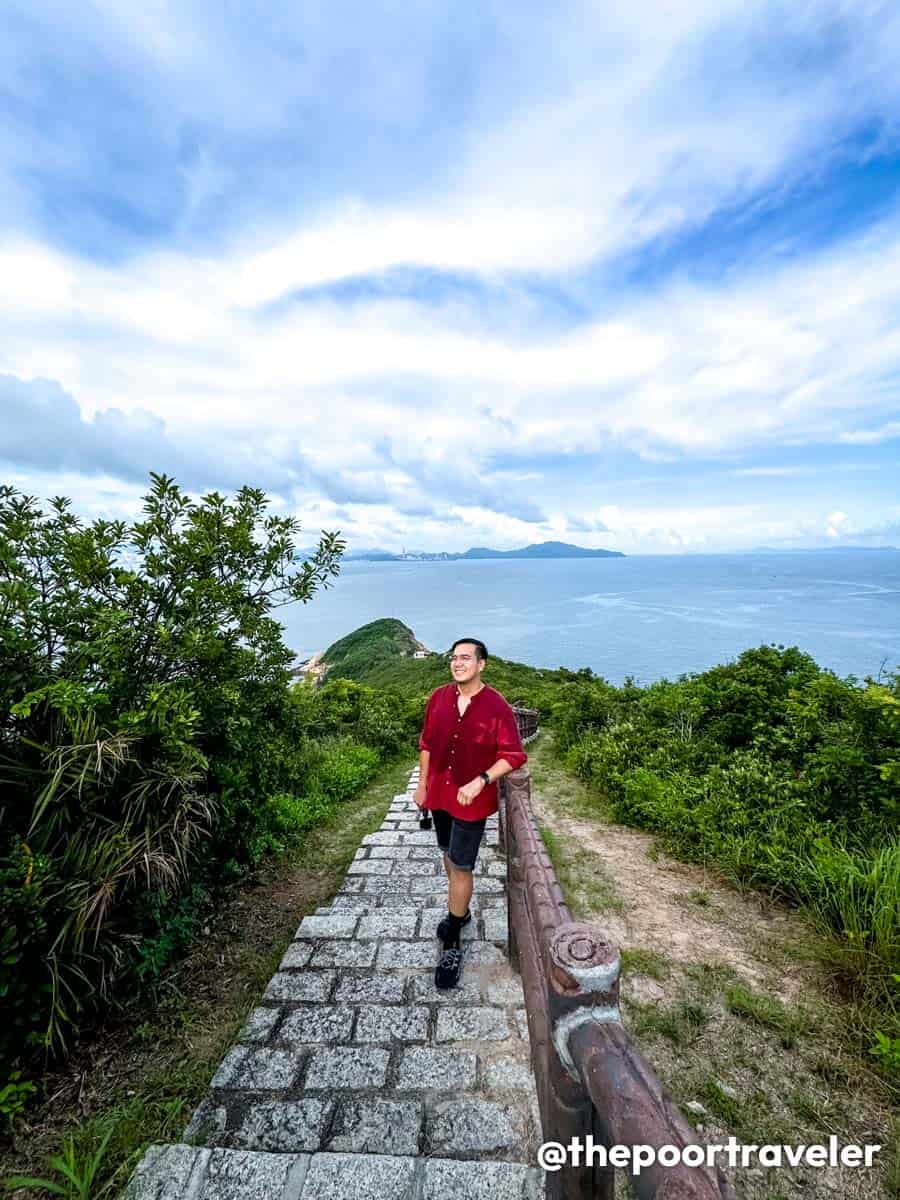

In case you want to go off the crushed path, one other outer island that you just would possibly wish to embody in your itinerary is Cheung Chau, south of Lantau Island.
With an space of three sq. kilometers, Cheung Chau is bone-shaped, which seems to be like two separate islands linked by a slender beach-laced strip of settlement. Amongst Hong Kong locals who want to escape the fixed jolt of the town, it’s identified for its mountaineering trails and enjoyable seashores.
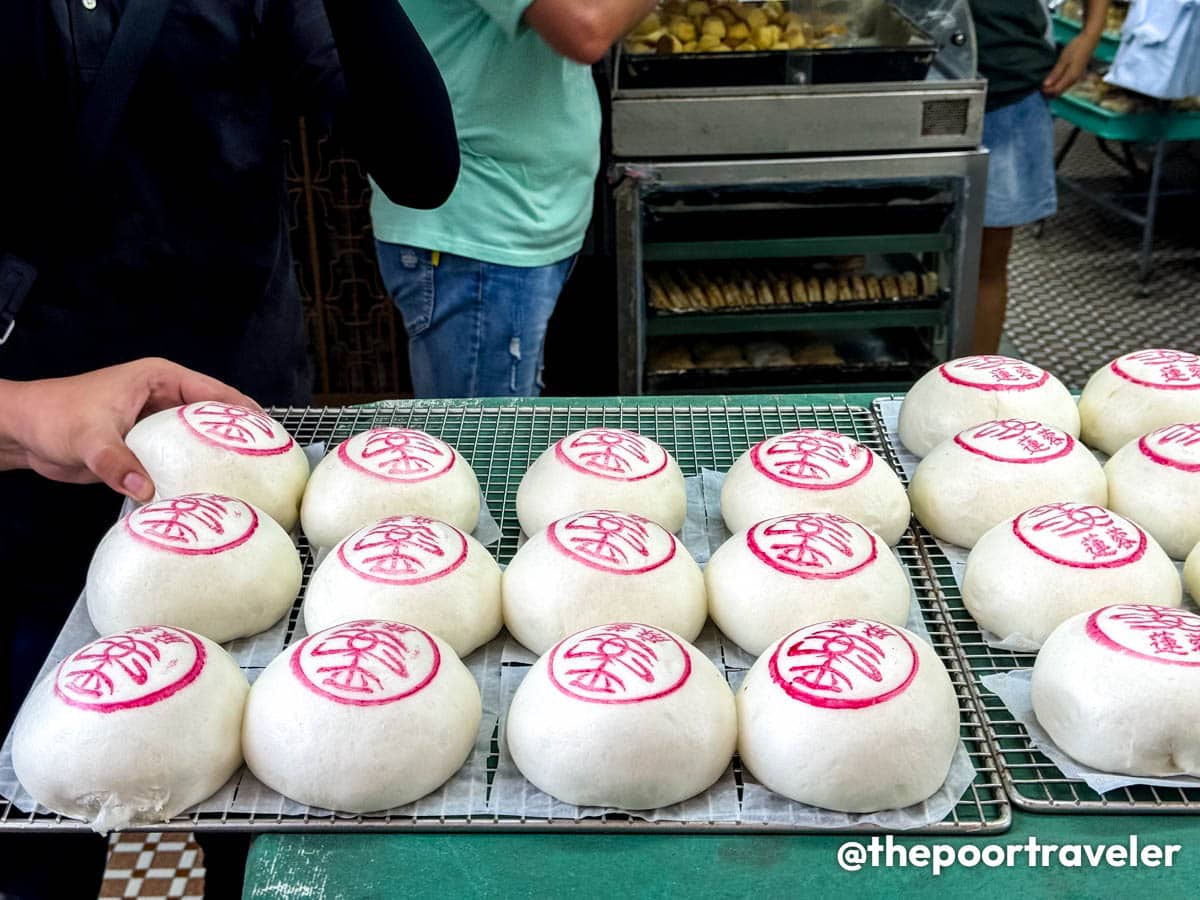

On our day journey in Cheng Chau, we had been in a position to go to the next:
- Cheung Chau Household Stroll and Pak She Praya Highway, two linked waterfront walkways near the primary pier which can be lined with numerous seafood eating places with out of doors seating so you possibly can additionally admire the view from the promenade whereas indulging in contemporary and scrumptious ocean bounty. Most institutions supply Cantonese delicacies however Indian, Thai, and different worldwide choices can be found albeit restricted.
- Pak She Road, one other slender alley that’s flanked with intriguing institutions, from IG-worthy cafes and tea homes to handmade memento shops. One of the vital well-liked retailers right here is Guo Jinji Bakery, which serves so-called “fortunate buns” with candy purple bean or sesame paste fillings. The island’s Cheung Chau Bun Competition are held yearly in Could in honor of those signature fortunate buns. We received to pattern it as a result of it’s bought right here at Guo Jinji and different bakeshops any time of the yr.
- Yuk Hui Temple, also referred to as Pak Tai Temple, was accomplished in 1783, which locations it among the many oldest Taoist temples in Hong Kong. It was established for the worship of Pak Tai, one of many 5 types of the best deity in Taoism. Throughout the Cheng Chau Bun Competition, this temple hosts the Bun Towers, that are three colossal 60-foot towers product of the island’s fortunate buns. Islanders would then attempt to climb the tower and snatch the buns on high. Locals consider that the upper the buns they acquire, the larger the fortune that the longer term will maintain for them.
- Cheung Chau Remark Deck (aka North Lookout Pavilion), which crowns a hill and marks the tip of a brief however quite exhausting strolling path that begins at Pak Tai Temple. Everything of the path is paved, bookmarked by steep units stairs, so it’s nonetheless usually straightforward however not for these with mobility points. On high, a shocking view of the Cheung Chau and close by islands await you. In case you’re mountaineering in the summertime, know that it’s far more difficult due to the warmth. Deliver water and a change of garments.
- Cheung Chau Cinema Multicultural Park, with a historic 1931 edifice as its centerpiece. This pre-war cinema constructing is without doubt one of the longest preserved in Hong Kong. It’s now not practical as a film home, because it ceased industrial operations in 1997, but it surely nonetheless affords loads of enjoyable to this present day. An open piazza hosts movie screenings at evening and musical performances on some days. The 1931 Studio additionally serves as a museum the place you’ll be able to study extra about filmmaking. Fruit stalls and memento retailers additionally dot the neighborhood.
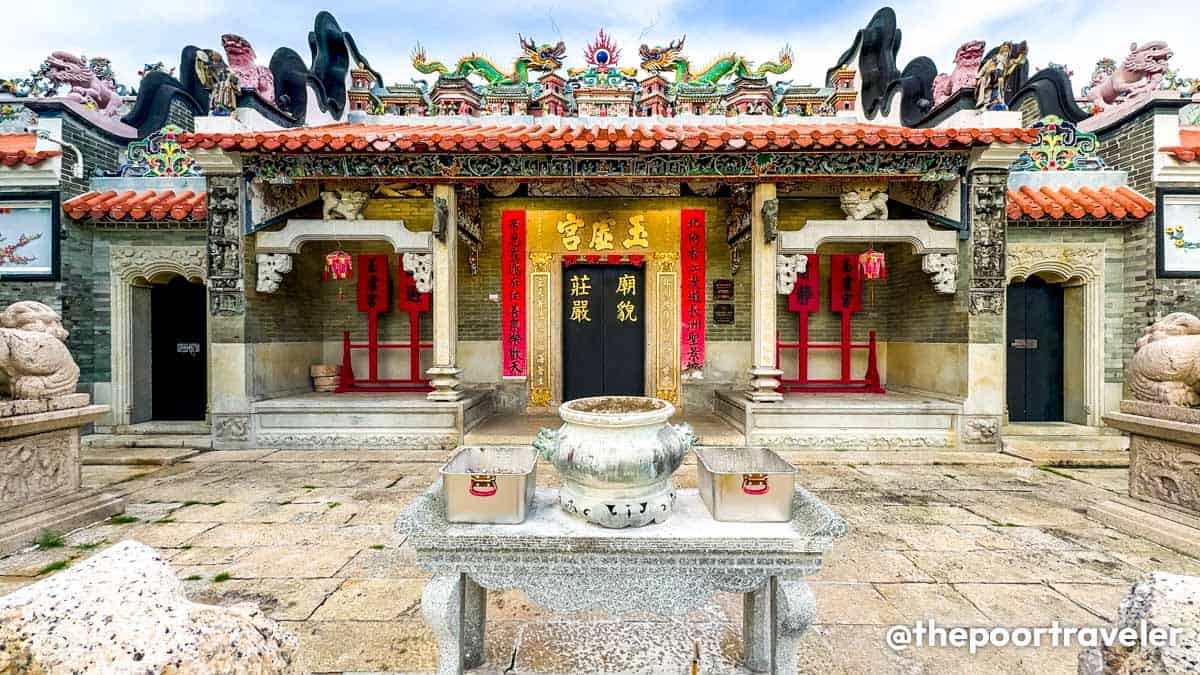

After a day of exploring, we got here full circle at Cheung Chau Household Stroll. And there’s no higher solution to finish a tour than with a hearty dinner at So Bor Kee, a dai pai dong (eatery) that gives a wide array of inexpensive however delicious seafood and meat dishes served family-style. Don’t miss its Sichuan boiled beef with loads of chili peppers and fish pores and skin combined with peanuts and sesame seeds.
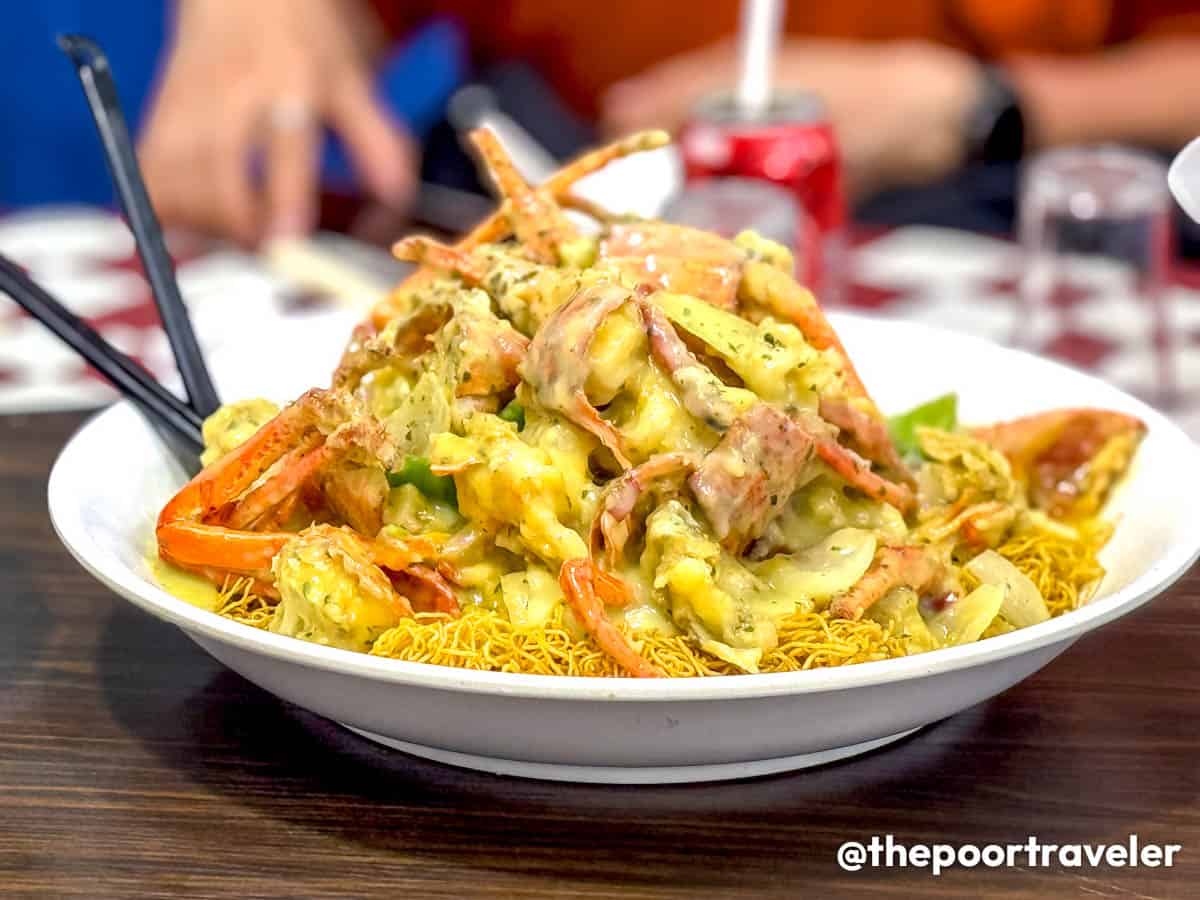

HOW TO GET TO CHEUNG CHAU
From Hong Kong metropolis middle: Take the MRT to Hong Kong Station and make your solution to Central Pier No. 5. Catch a ferry to Cheung Chau. Journey time is 35-60 minutes, relying on the vessel. Fare: HK$ 14.80-42.30, relying on the vessel and day of the week. See schedule and extra particulars right here.
From Ngong Ping/Po Lin Monastery: It’s attainable to go to the Huge Buddha/Ngong Ping 360 and Cheung Chau on the identical day. Simply board Lantau Bus No. 2, which makes a cease at Mui Wo ferry pier. Then catch the inter-island ferry to Cheung Chau.
7. Aberdeen
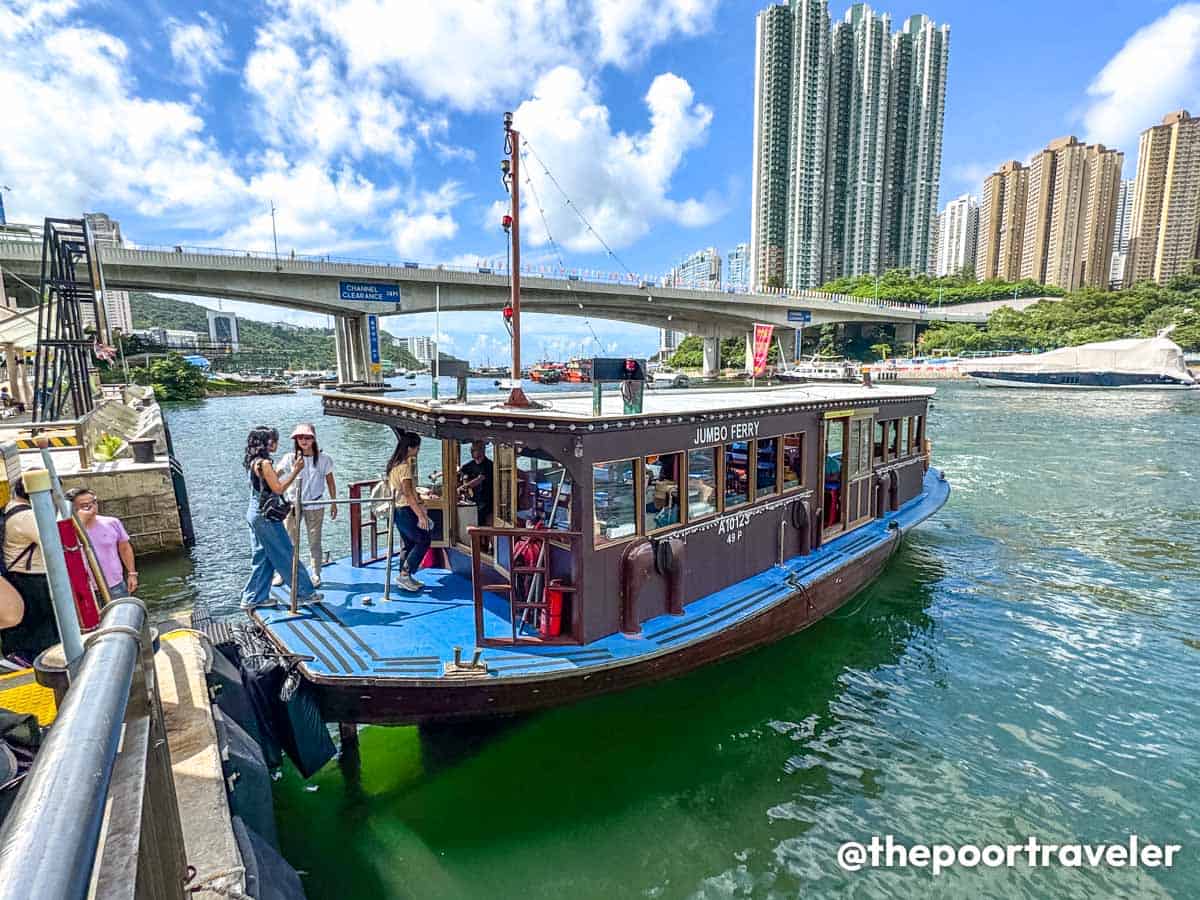

Aberdeen is a city on the southwestern coast of Hong Kong Island, finest identified for its floating village and eating places. Traditionally, it’s been house to the Tanka folks, who historically stay and work in junk boats. However at this time, the Aberdeen Harbour is kind of populated and developed, with high-rise buildings now dominating the panorama. That stated, it’s not as crowded or as well-liked amongst vacationers as Central and different city spots in Hong Kong.
Probably the greatest methods to get acquainted with Aberdeen is by becoming a member of a ship tour. From the Aberdeen Promenade, you’ll be able to board a tour boat and study extra in regards to the city alongside the way in which and admire key sights from afar just like the Tai Pak Floating Seafood Restaurant and the Water World Ocean Park.
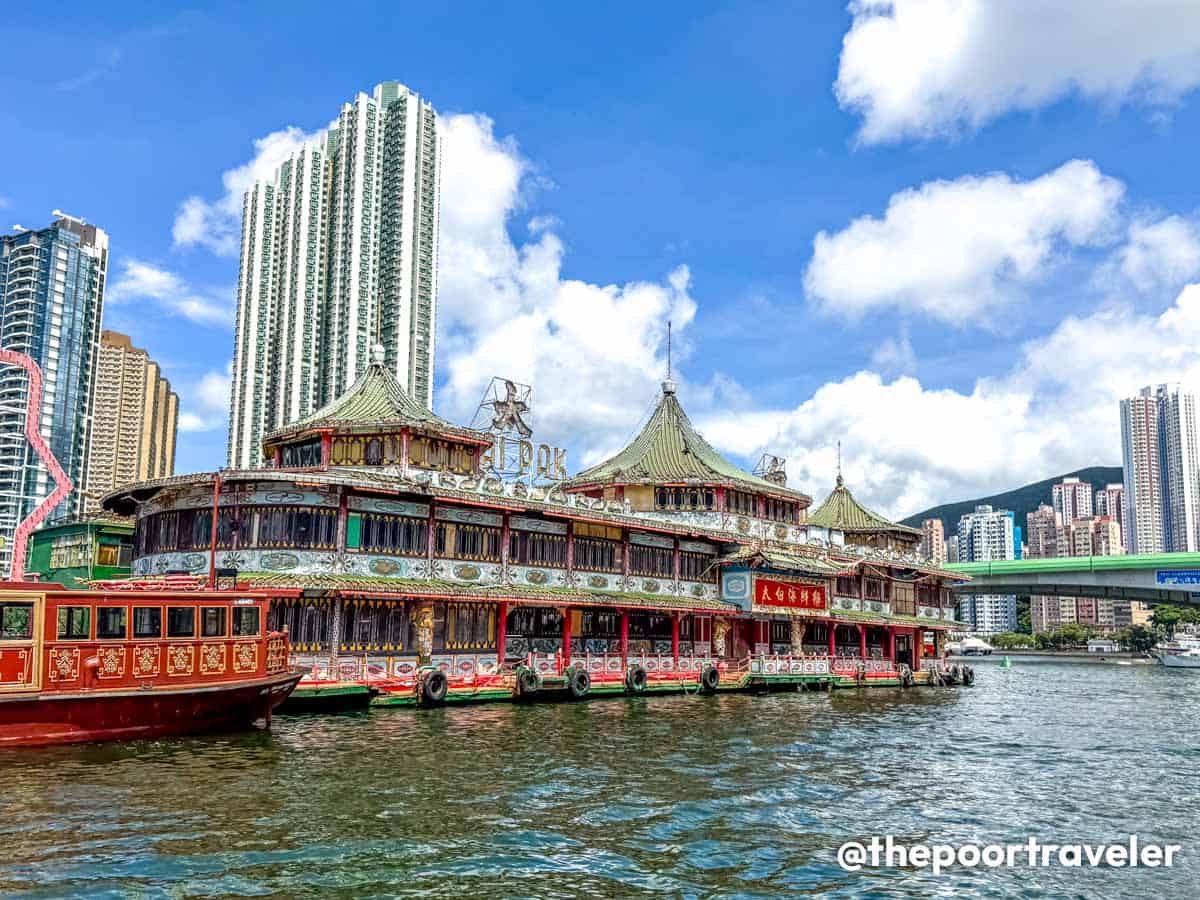
At one level, you’ll make a cease on the Aberdeen Houseboat, a floating museum that showcases its historical past and its group’s lifestyle. The tour normally lasts 60 to 90 minutes, with one other cease at a floating memento store in direction of the tip.
Tips on how to get to Aberdeen Pier (for Fishing Village Tour): Take the MTR to Lei Tung Station, which is on the South Island Line. Take Exit A1 and stroll alongside Wah Ting Road till you attain the harbor. Flip proper and proceed strolling to Hung Shing Temple. The pier is excellent across the nook.
8. Sham Shui Po
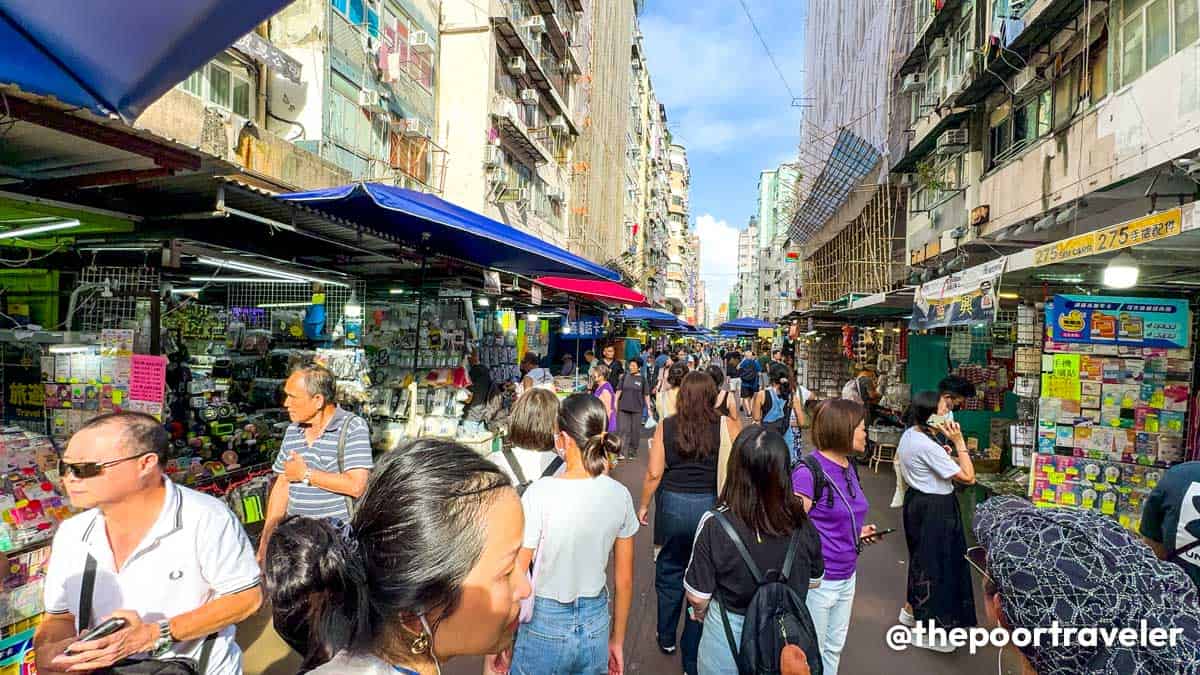
On Hong Kong’s Kowloon aspect, most vacationers solely get to discover Tsim Sha Tsui, Yau Ma Tei, and Mong Kok. However north of Mong Kok lies Sham Shui Po, which is brimming with compelling sights by itself.
So what’s one of the best ways to get to know Sham Shui Po? By joing a strolling tour led by a information, who can share significant insider insights about every attraction. Our tour was led by Miranda, a Sham Shui Po native. A few of the stops alongside the way in which embody:
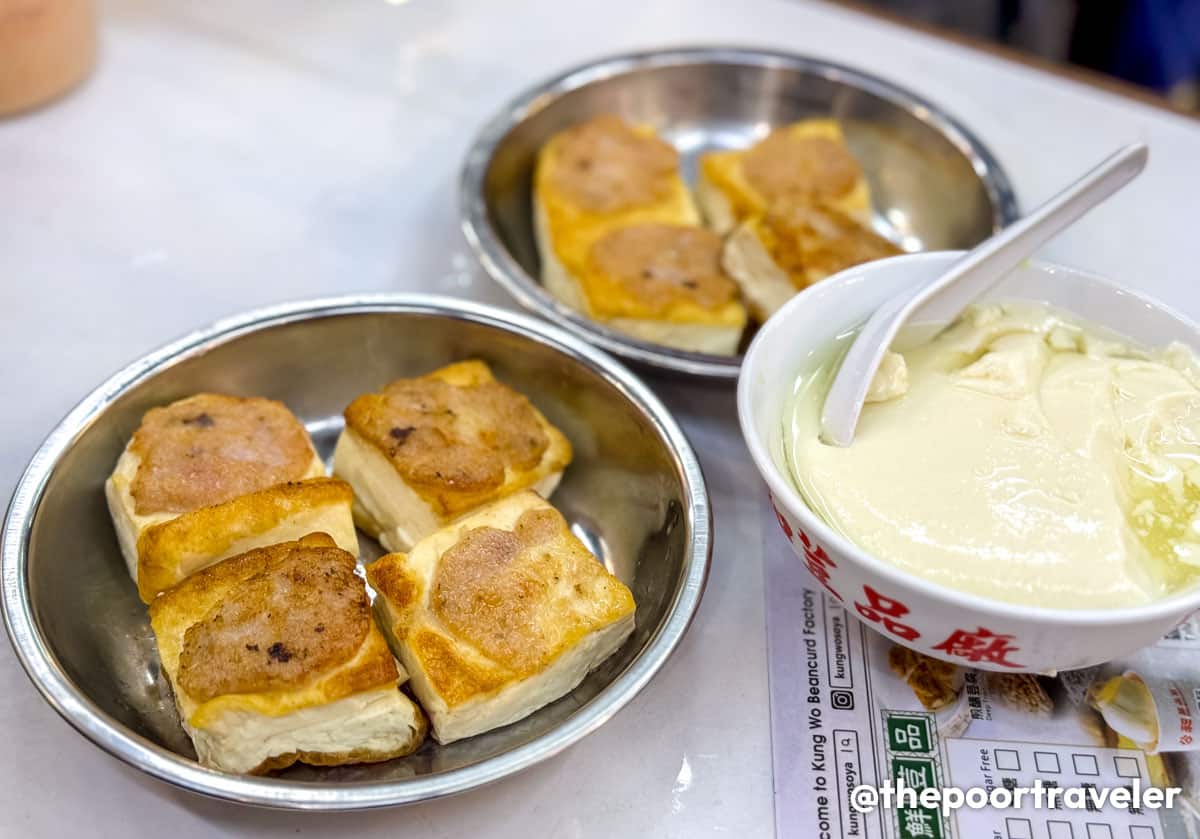

- Kung Wo Beancurd Manufacturing unit, a Michelin Bib Gourmand awardee that has been working within the space since 1960, promoting out a thousand bowls of its signature tofu fa or beancurd pudding a day. The silky tofu is drowned in cane sugar water, however be at liberty to sprinkle further brown sugar on high. It prices HK$12-14 per bowl. We additionally received to strive its deep-fried tofu, topped with a skinny slice of seasoned pork, which prices HK$14 per serving.
- Apliu Road Flea Market, which is a hotspot for devices and different digital gadgets together with laptops, cell phones, and equipment. You’ll additionally discover home equipment and souvenirs. However some pay a go to right here to empty a bowl of snake soup, which is a well-liked winter delicacy amongst locals. It’s positively not for me, although.
- Fuk Wing Road, aka Toy Road as a result of it’s flanked principally by dozens of shops promoting kids’s toys and equipment.
- Yu Chau Road, aka Bead Road, as a result of it’s the place it’s best to go in case you’re searching for beads, buttons, and different stitching provides. It’s additionally punctuated by costume and jewellery shops.
- Sam Tai Tsz Temple and Pak Tai Temple, two historic temples in a single complicated. Each are housed in heritage buildings. The previous was in-built 1898 by Hakka residents as a tribute to the deity Sam Tai Tsz (also referred to as Na Cha in different places) for saving Sham Shui Po from a plague outbreak. It’s the solely temple in Hong Kong devoted to Sam Tai Tsz. The latter was in-built 1920 by fishermen to worship Pak Tai (the North deity that can be honored at Cheng Chau’s Yuk Hui Temple).
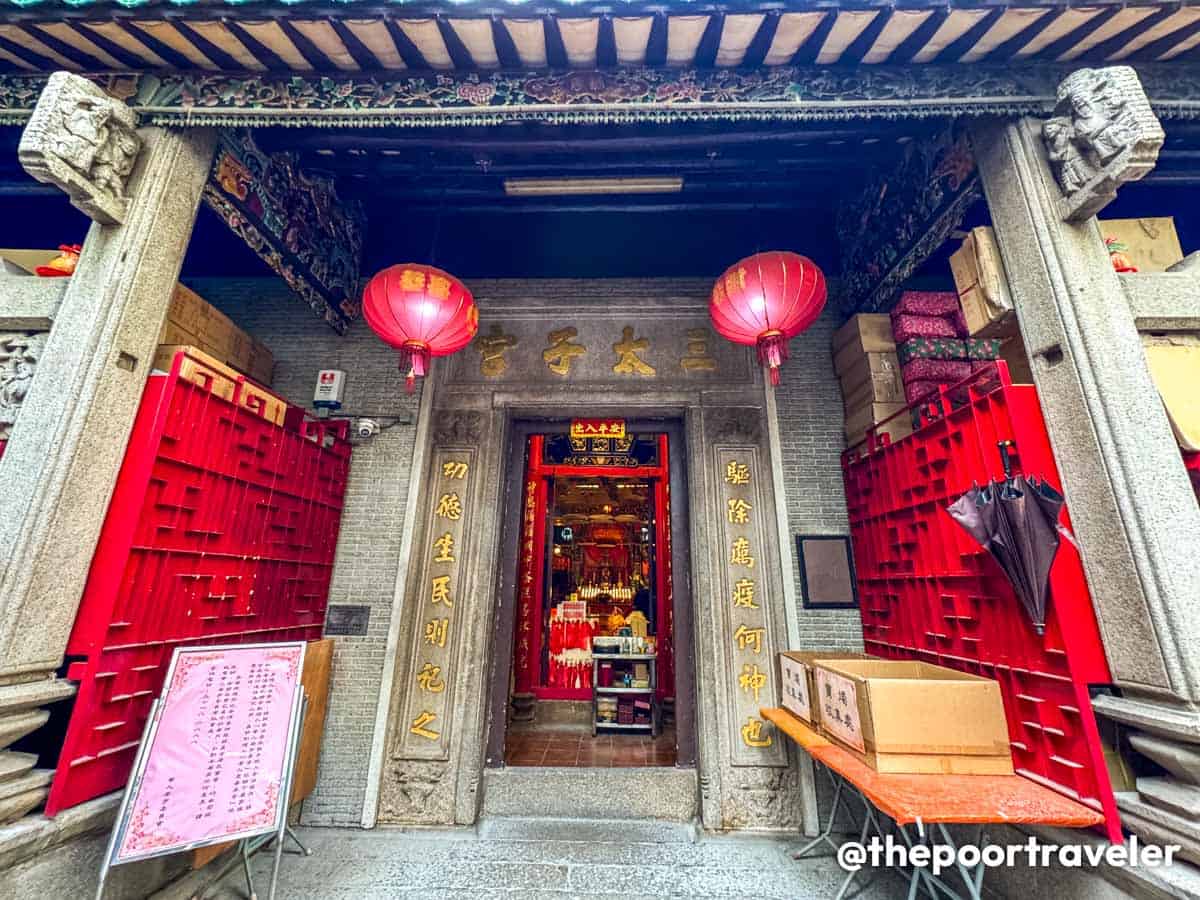

Exterior of the tour, we had been additionally in a position to go to the Jockey Membership Inventive Arts Centre (JCCAC), which was initially in-built 1977 as a fancy of tiny family-run factories however was remodeled into an artist village.
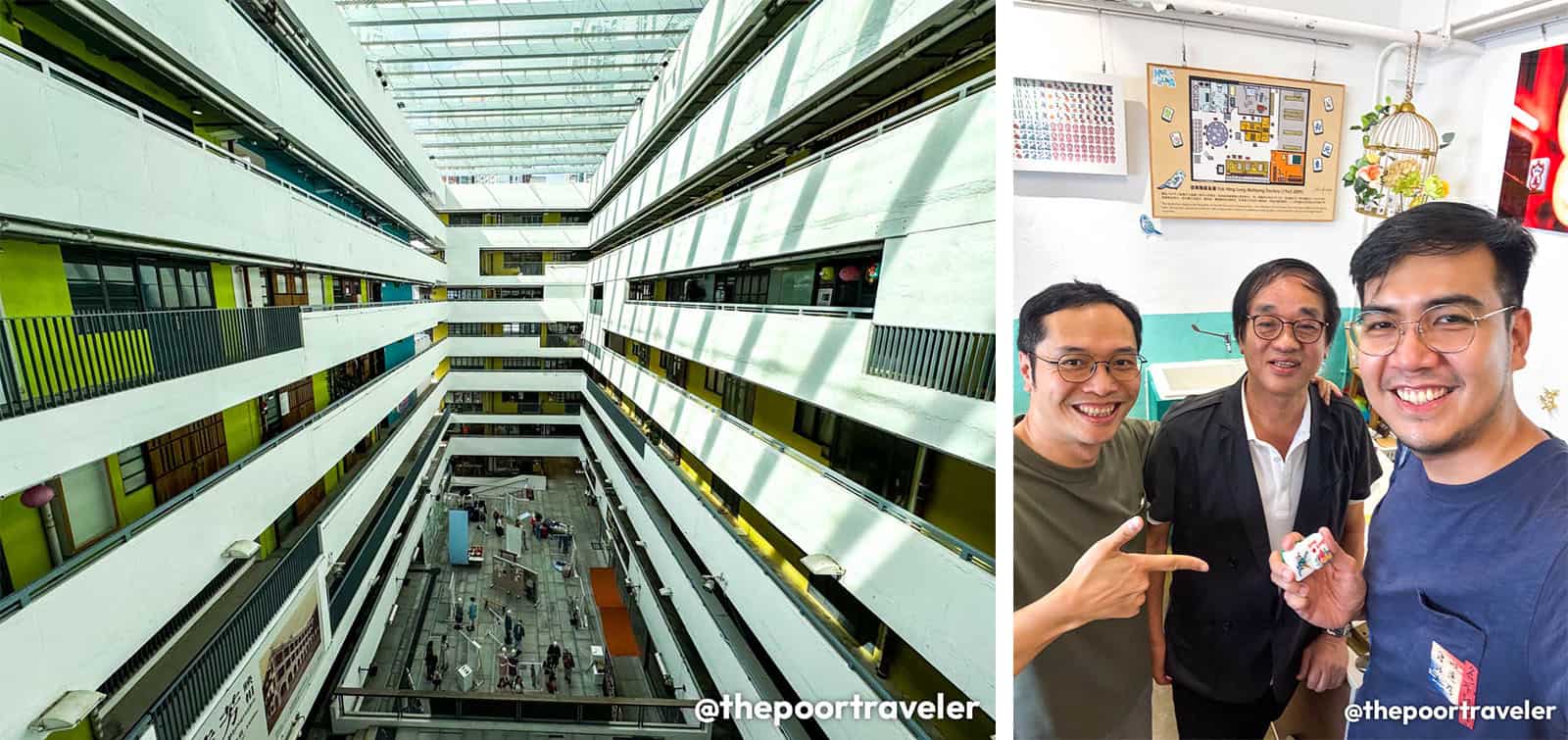

We additionally received to dine at Tai Ping Koon. Established in 1860, it’s regarded by the South China Morning Put up as “one of many oldest frequently working Chinese language eating places on the planet” and by CNN as “the very first Chinese language-owned Western restaurant in China”. It focuses on roasted pigeon, which is finest eaten by hand, with out utensils.
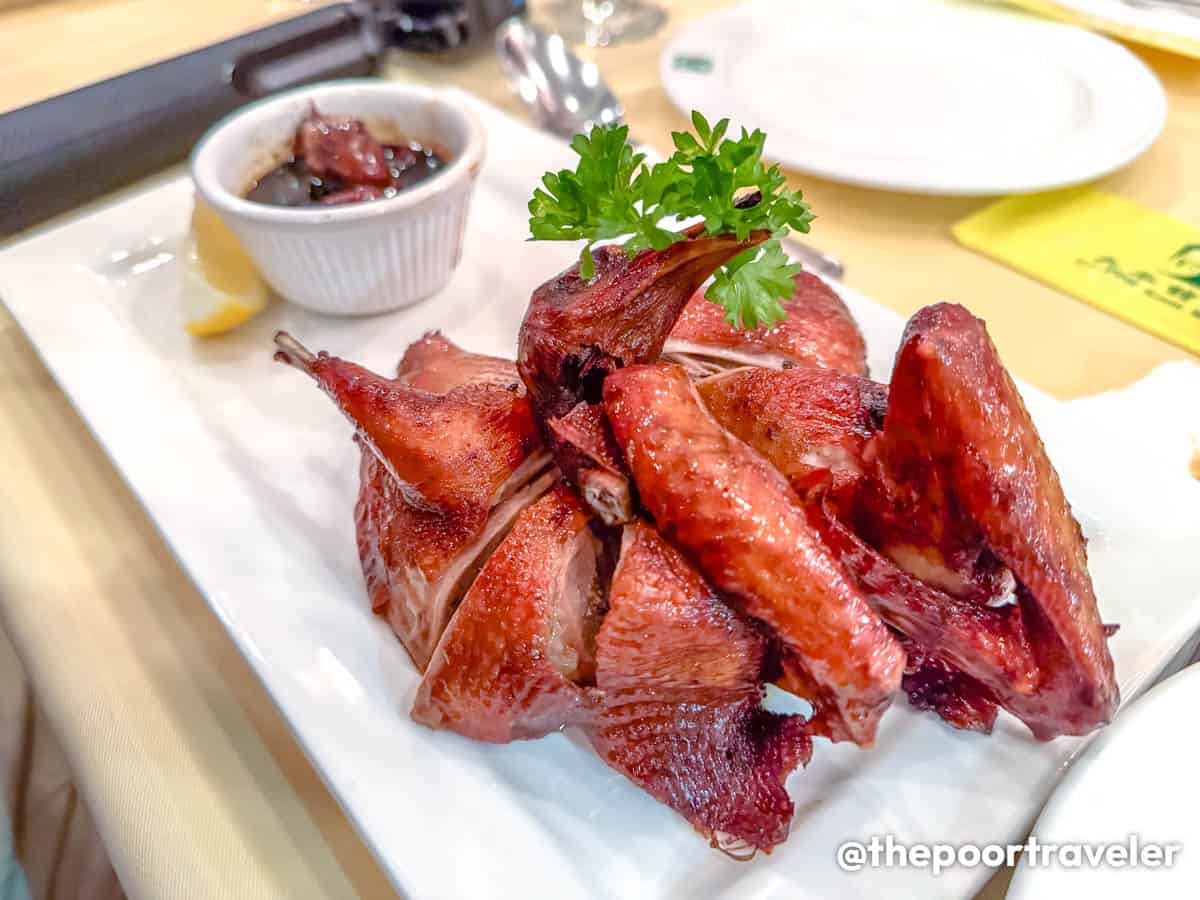

Tips on how to get to Sham Shui Po: Take the MTR to Sham Shui Po Station (on Tsuen Wan Line). Most sights are inside strolling distance from the MTR Station.
9. Nan Lian Backyard and Chi Lin Nunnery
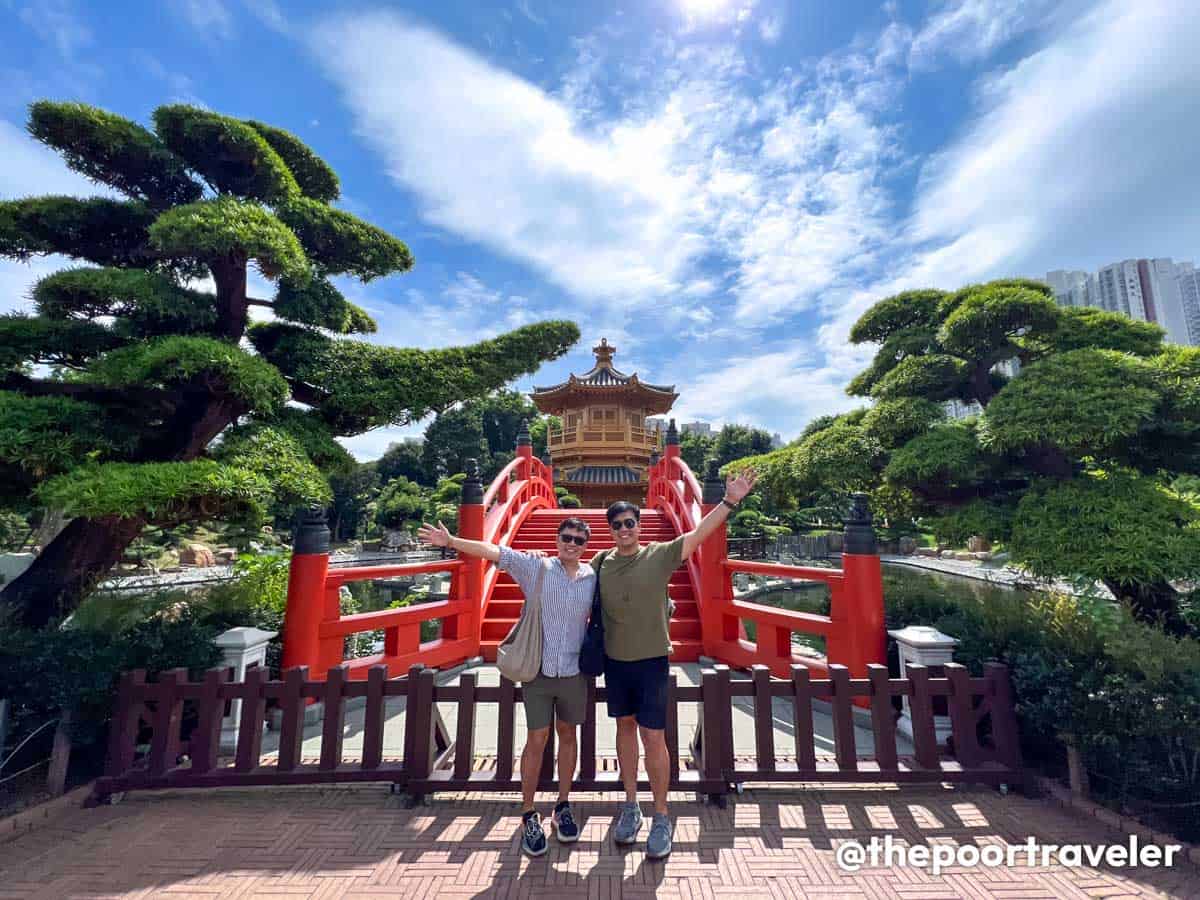

On a separate event, we had been additionally in a position to drop by Nan Lian Backyard, a peaceable 3.5-hectare oasis in the midst of the huge city jungle that’s Kowloon.
The backyard is designed in classical Tang dynasty trend. It’s adorned with manicured timber surrounding the tranquil “Blue Pond” that’s straddled by a vermillion bridge that results in a small pagoda referred to as the “Pavilion of Absolute Perfection”.
Inside its buildings are varied reveals together with the Chinese language Timber Structure Gallery, which showcases the standard manner of constructing timber homes through the Tang dynasty.
The backyard is located simply subsequent to Chi Lin Nunnery, so preserve quiet throughout the neighborhood. Huge group images are additionally prohibited inside.
NAN LIAN GARDEN
Working hours: 7:00 AM – 9:00 PM, however the reveals are open from 10:00 AM to five:00 PM.
Entrance payment: FREE of cost.
Tips on how to get to Nan Lian Backyard: Take the MTR Tuen Ma Line to Diamond Hill Station. Entrance to the Nan Lian Backyard is roughly 350 meters from right here (about 4-minute stroll).
10. Sheung Wan
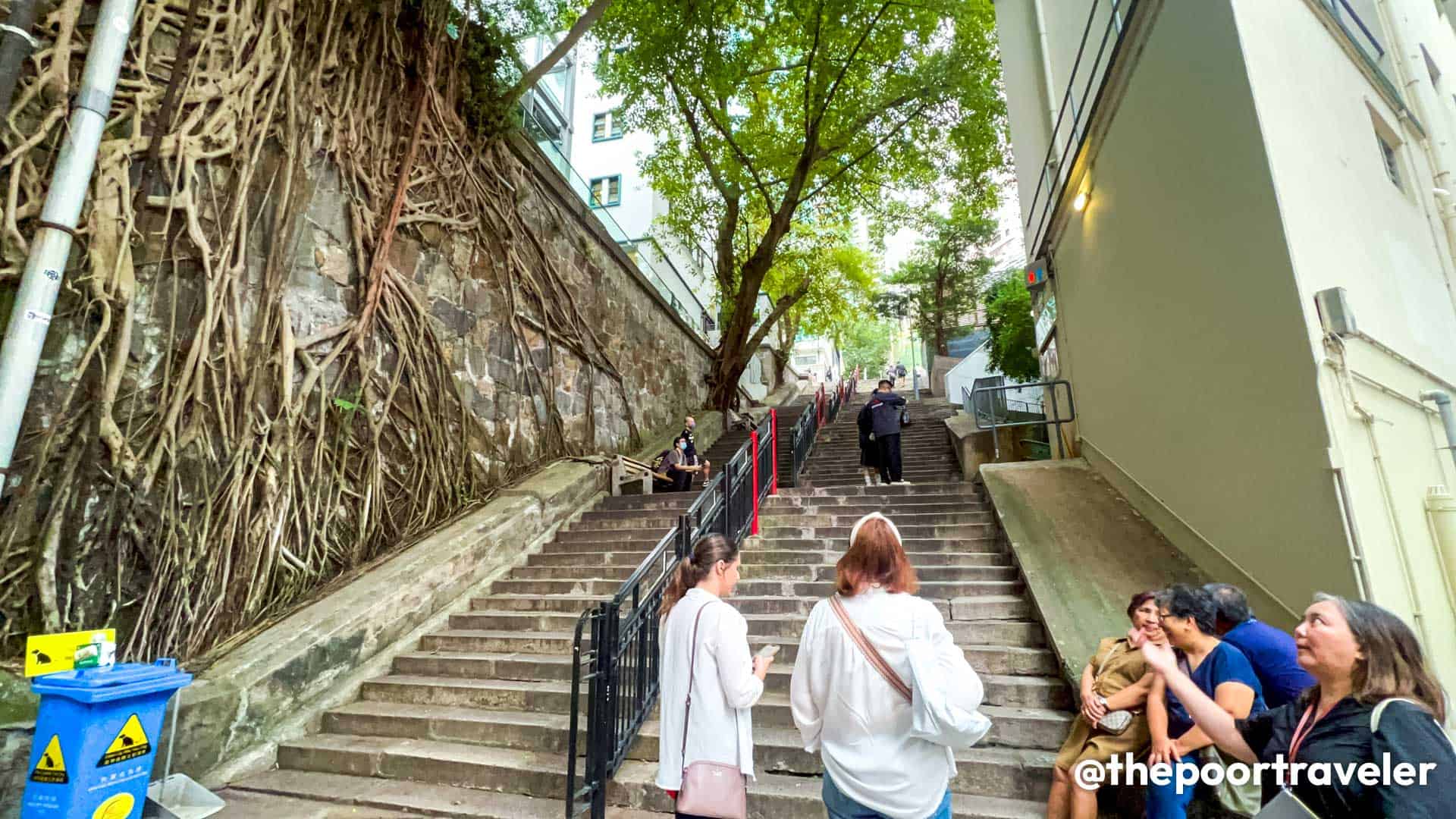
On paper, Sheung Wan ought to be fairly touristy on condition that it lies inside spitting distance from Central. However in actuality most vacationers visiting Central keep inside its confines and infrequently wander away to neighboring Sheung Wan.
Sheung Wan is one in every of my favourite areas to remain in Hong Kong. Apart from its shut proximity to Central, its map is dotted with various attention-grabbing websites just like the Man Mo Temple, constructed over 160 years in the past in honor of Man (Man Cheong), the God of Literature, and Mo (Kwan Tai), the God of Conflict. These two deities are the patrons of students, so traditionally, college students who want to move exams or do higher in research pray to them.
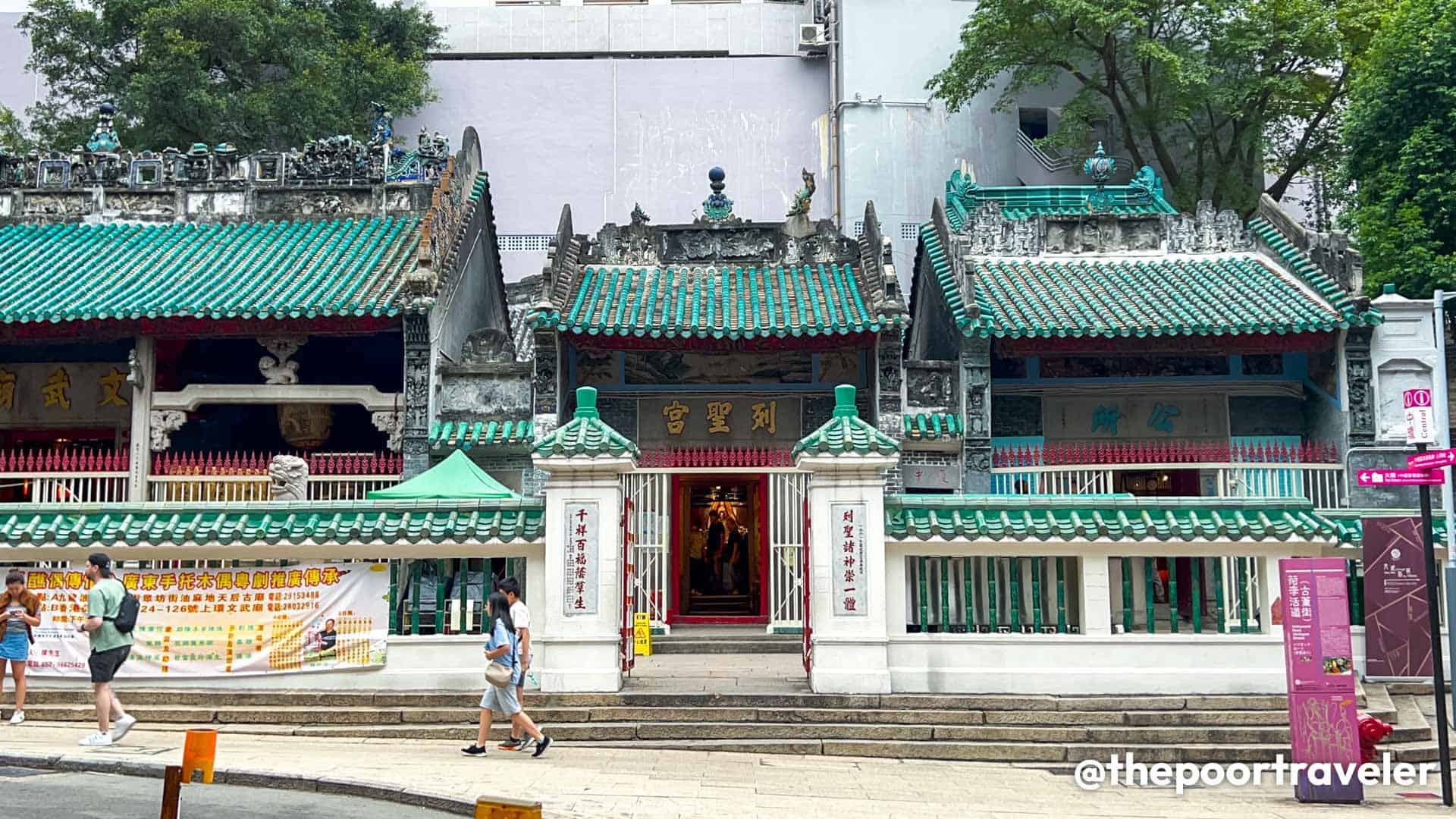

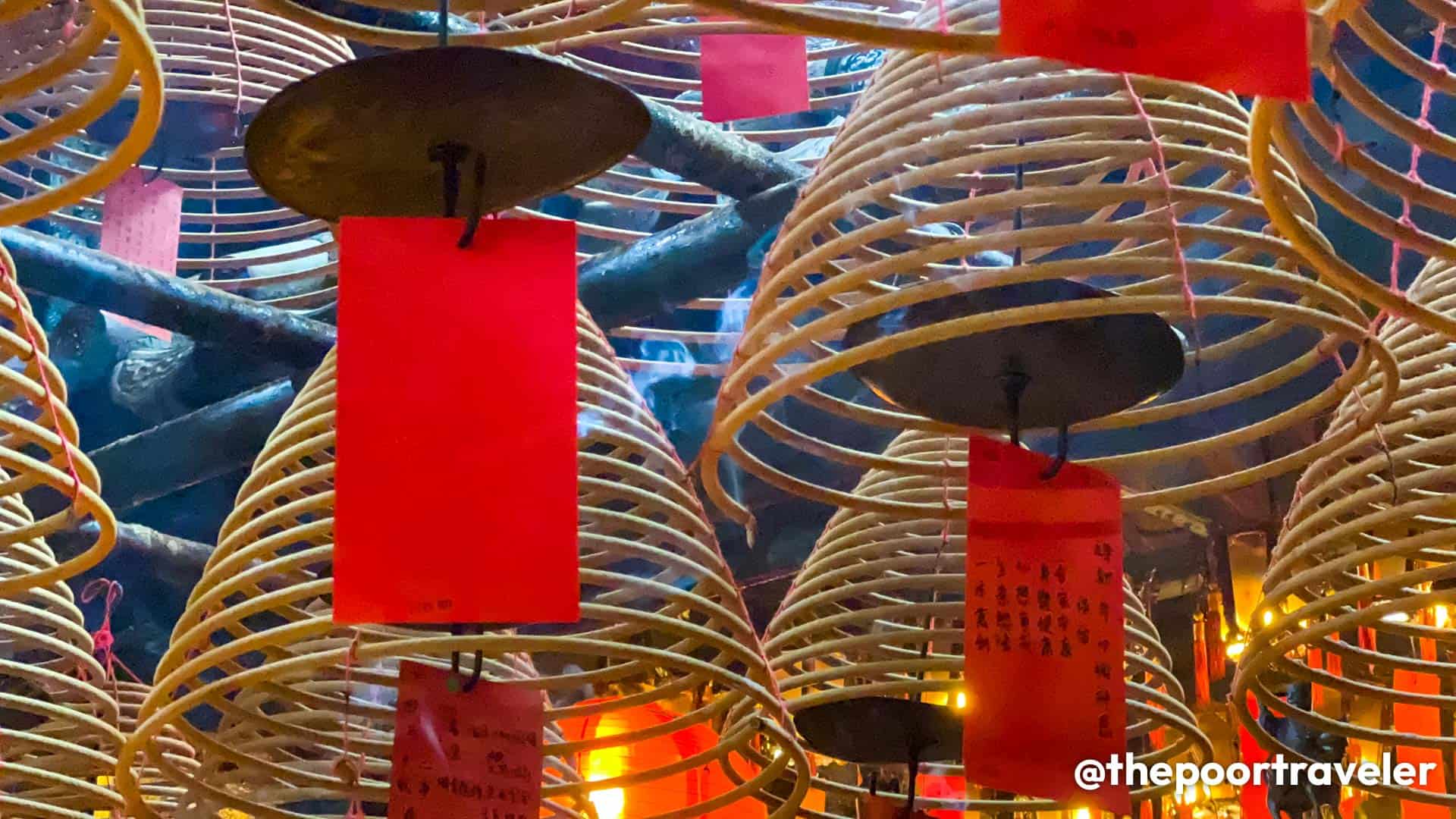
Hong Kong harbors quite a few Man Mo temples, however the one in Sheung Wan is by far the most important. It was additionally declared a historic constructing and monument.
Sheung Wan can be a foodie’s paradise. A stroll right here will allow you to uncover eating places and eateries which can be principally frequented by residents. One in every of these is Lin Heung Kui, finest identified for its dimsum at lunch, however additionally they serve killer roasted meats like duck and soy rooster.
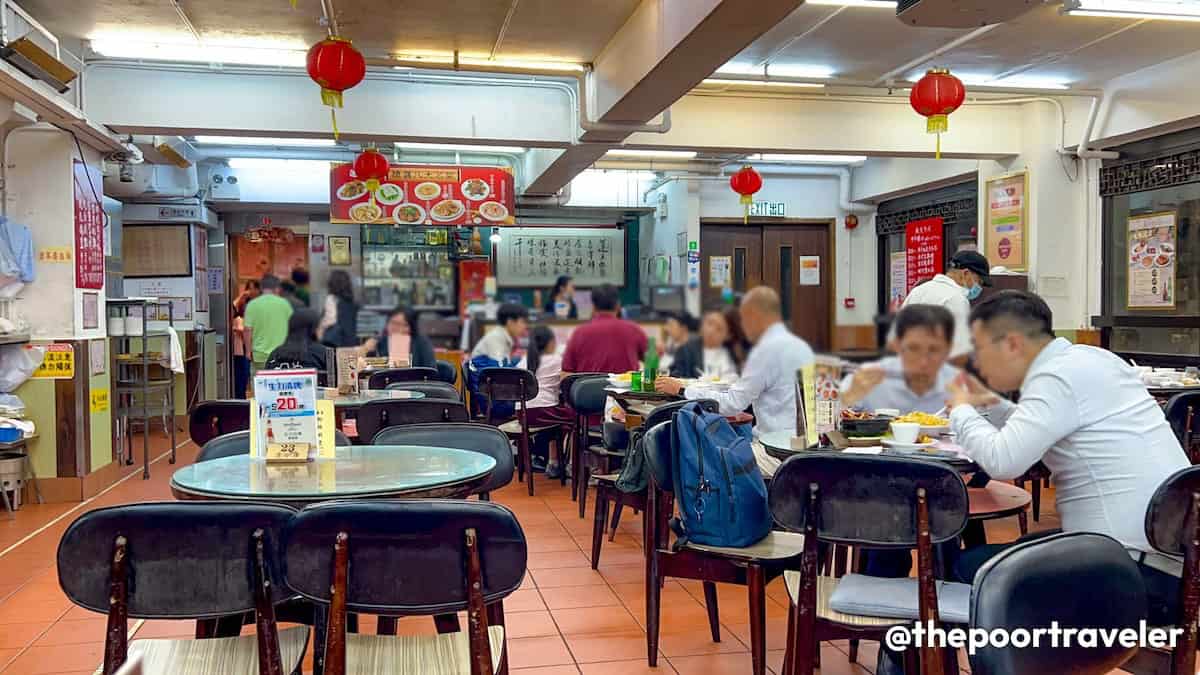
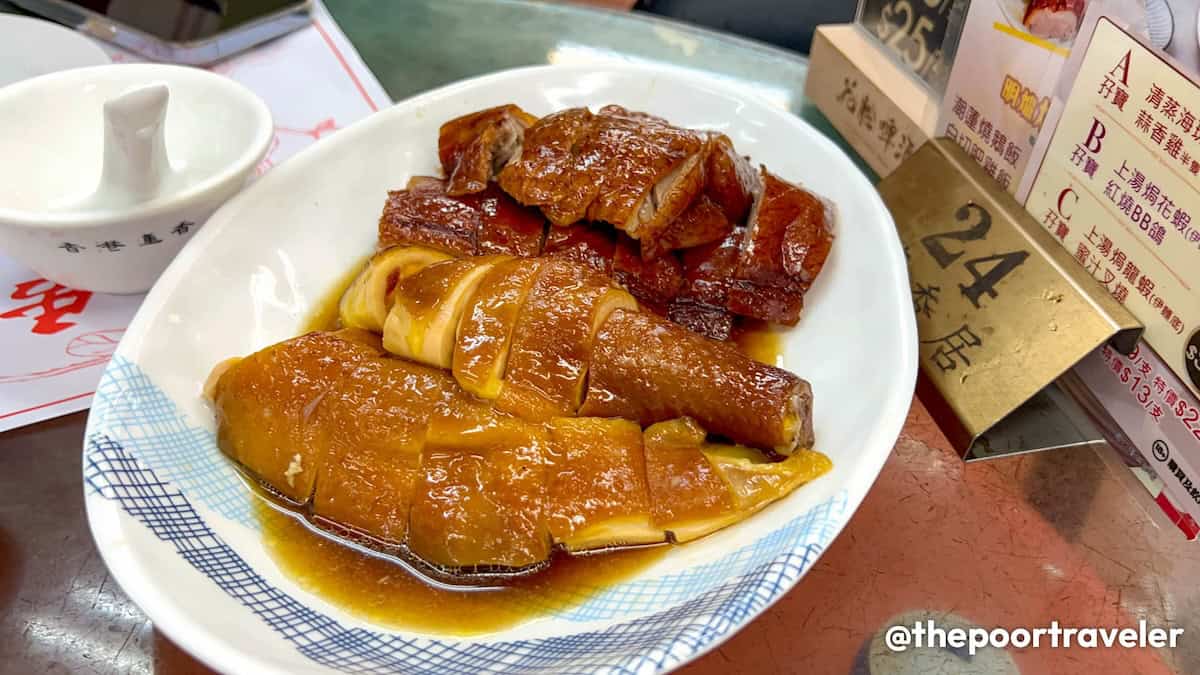

We additionally received to strive Samsen, a quite expensive however worth-it resto serving delectable Thai favorites. We additionally joined a guided Sheung Wan Meals Tour final yr!
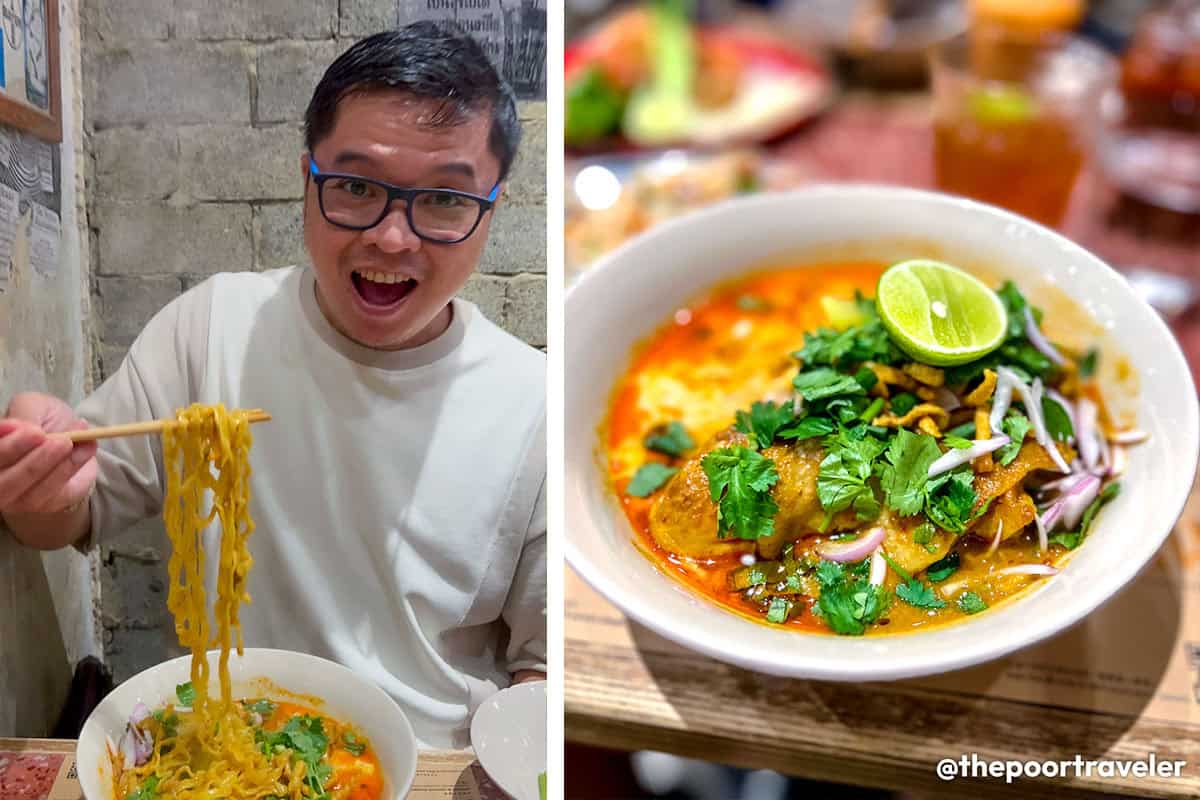

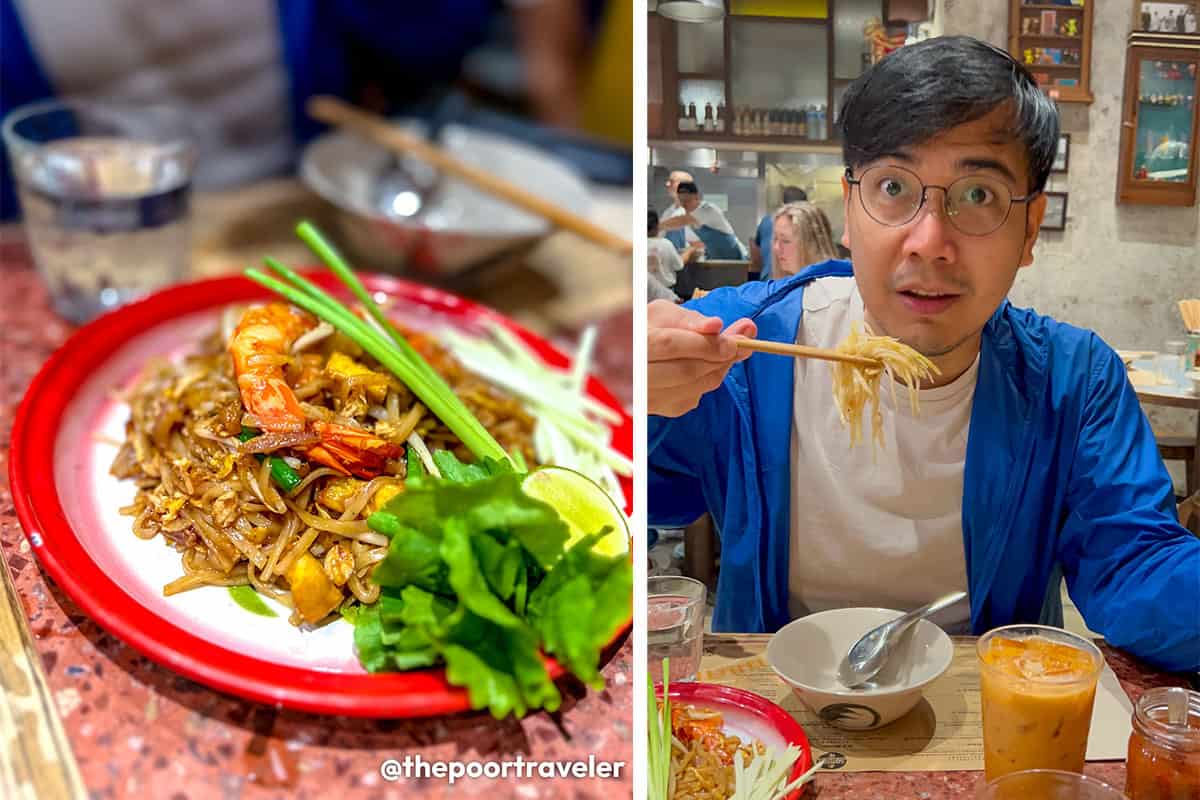

A giant stretch of the Dr. Solar Yat Sen Historic Path, which extends from the College of Hong Kong all the way in which to Central, additionally passes by way of Sheung Wan. By looking for the 16 plaque-marked stops alongside the strolling path, you’ll get to study extra in regards to the lifetime of the historic revolutionary, notably his time and schooling in Hong Kong.
Tips on how to get to Sheung Wan: Take the MTR Island Line to Sheung Wan Station. Most factors of curiosity could be reached on foot from this MTR station.




